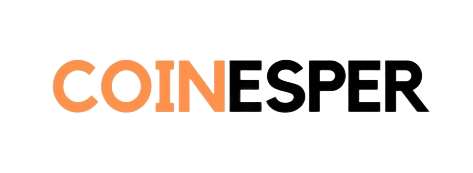Web2 and web3 are two different versions of the internet, with web2 referring to the current version of the internet and web3 referring to the decentralized web, or the next generation of the internet. While both versions of the internet have their own unique features and capabilities, there are also significant differences between the two. In this article, we will explore the key differences, strengths and weaknesses between web2 and web3.
Contents
Difference Between Web2 and Web3
One of the key differences between web2 and web3 is the way they are structured. Web2 is a centralized system, in which data is stored on central servers and accessed through a web browser.
In contrast, web3 is a decentralized system, in which data is distributed across a network of computers and accessed through decentralized applications, or DApps.
Control and Autonomy
Another key difference between web2 and web3 is the level of control and autonomy they offer. In a web2 system, users are subject to the rules and regulations set by central authorities, such as internet service providers (ISPs) and government agencies.
In contrast, in a web3 system, users have more control over their own data and can interact directly with each other, without the need for a central authority or intermediary.
Security and Privacy
Web2 and web3 also differ in terms of security and privacy. In a web2 system, data is stored on central servers that are vulnerable to attacks or breaches.
In contrast, in a web3 system, data is distributed across a decentralized network and secured using cryptographic techniques, making it much more difficult for attackers to access or manipulate.
Transparency and Accountability
Another key difference between web2 and web3 is the level of transparency and accountability they offer. In a web2 system, it can be difficult for users to track the flow of information and data, as it is often controlled by central authorities.
In contrast, in a web3 system, transactions and interactions are recorded on a decentralized ledger, which is transparent and difficult to alter or manipulate.
Strengths and Weaknesses
In terms of potential applications and use cases, web2 and web3 have their own strengths and weaknesses. Web2 is well-established and has a wide range of applications, including social media, e-commerce, and content sharing.
Web3, on the other hand, is still in its early stages, but has the potential to enable a wide range of new applications and use cases, such as decentralized marketplaces, smart contracts, and decentralized autonomous organizations (DAOs). Learn more about the future key trends in web3 in our related post.
Final Thoughts
While web2 and web3 have their own unique features and capabilities, there are also significant differences between the two. Web2 is a centralized system that is well-established and has a wide range of applications, while web3 is a decentralized system that is still in its early stages but has the potential to enable a wide range of new applications and use cases. As web3 technologies continue to mature and become more widely adopted, we can expect to see a wide range of new applications and use cases emerge, creating new opportunities for innovation and collaboration.
If you liked this post, feel free to share using the social media buttons below.


